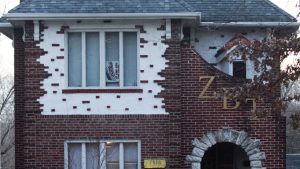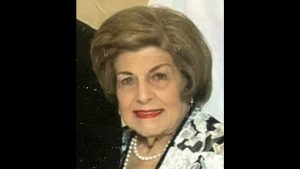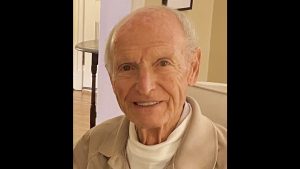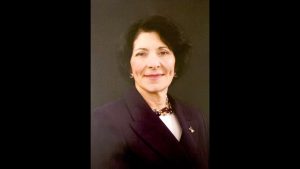B’Midbar: Surviving ‘in the wilderness’
Published May 14, 2010
According to a rather fanciful Midrash (Numbers Rabah 2:6), the custom of nations each having its own flag was derived from something in our Torah Portion for this week. In Sidrah B’midbar we read, “The Eternal told Moses and Aaron: The Israelites shall camp each by his standard, under the banners of their ancestral houses; they shall camp around the Tent of Meeting at a distance.” (Numbers 2:1-2.) “From these [banners and standards],” taught our Sages, “the dominions learned to make flags [of their national] colors.”
This week we begin the Book of Numbers. Chapter two of Numbers depicts in detail the plan for the Israelite encampment in the wilderness. B’midbar, the Hebrew name of the fourth of the Five Books of Moses as well as the title of this week’s Portion, means “in the wilderness.” (We call it Numbers because the book commences with a census.) Undoubtedly, the people of Israel needed to be well organized in order to survive b’midbar/in the wilderness.
As the Parashah portrays it, the Israelite camp was a picture, a model, of organization. The tribes of Judah, Issachar and Zebulun were situated on the east. Reuben, Simeon and Gad were installed on the south. On the west were Ephraim, Manasseh and Benjamin; on the north, Dan, Asher and Naphtali. The Levites were placed by their clans between each of the four tribal divisions and the center. Everything converged on the Tent of Meeting which housed the Mishkan/Dwelling-place or Tabernacle, within which was kept the Ark. The Ark held the Two Tablets of the Testimony representing the Covenant between God and the People Israel symbolically sealed at Mount Sinai. (B’midbar always is the Torah Reading on the Sabbath before Shavu’ot/[The Feast of ] Weeks, called by our Rabbis “Z’man Matan Torateynu/The Time of the Giving of our Torah,” the commemoration of Sinai.)
The Torah’s description of the Israelites’ camp in the wilderness clearly conveys a shared spiritual center. Signs and symbols of the Holy One were at the heart of the encampment. Evocations of the Israelite ethos, of core sacral and ethical values were evident and ever present. According to Scripture, then, religion was central to the Israelites, their culture and their encampment.
Similarly, for many Jews today Judaism is the focal point of their lives. I suspect that for many more, their Jewish faith and heritage are somewhat less than central. More than a few Jewish leaders and thinkers have addressed this reality of modern Jewish life. Notable among them was Rabbi Mordecai M. Kaplan (of blessed memory), the Founder of Jewish Reconstructionism.
Rabbi Kaplan believed that much of Jewry in the United States faces a spiritual crisis. Many American Jews – including Kaplan himself – no longer can affirm a supernatural God. Moreover, we reside and participate more and more in a secular, predominately gentile society. Kaplan redefined Judaism as the “evolving religious civilization” of the Jewish People. He encouraged Jews both to live fully in two cultures, the American and the Jewish, and also to “revalue” mitzvot not as divinely enjoined commandments but as expressions of and connections to, Jewish Civilization.
Taken together, I find B’midbar, our Torah Portion for this week with its image of the Israelite encampment in the wilderness, and Mordecai Kaplan’s teachings for a reconstruction of modern Judaism to be emblematic. Under both banners, I am instructed and inspired to recognize that even if Judaism is not always central to my being, it shouldn’t ever be peripheral to my life either. I hope I learn – and live – this lesson well.
Rabbi Lane Steinger serves Shir Hadash Reconstructionist Community and is a member of the St. Louis Rabbinical Association.














